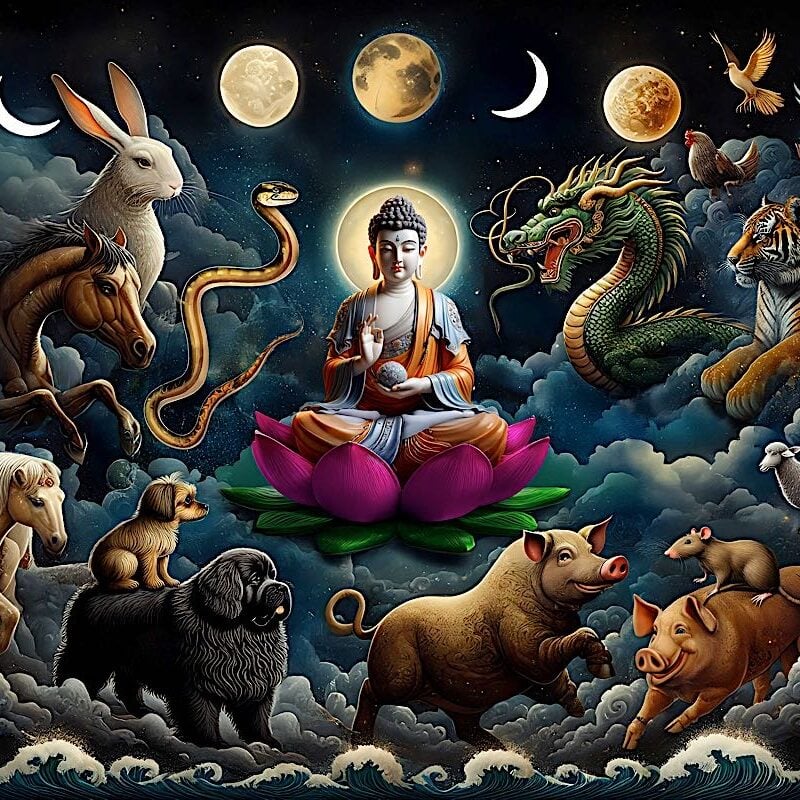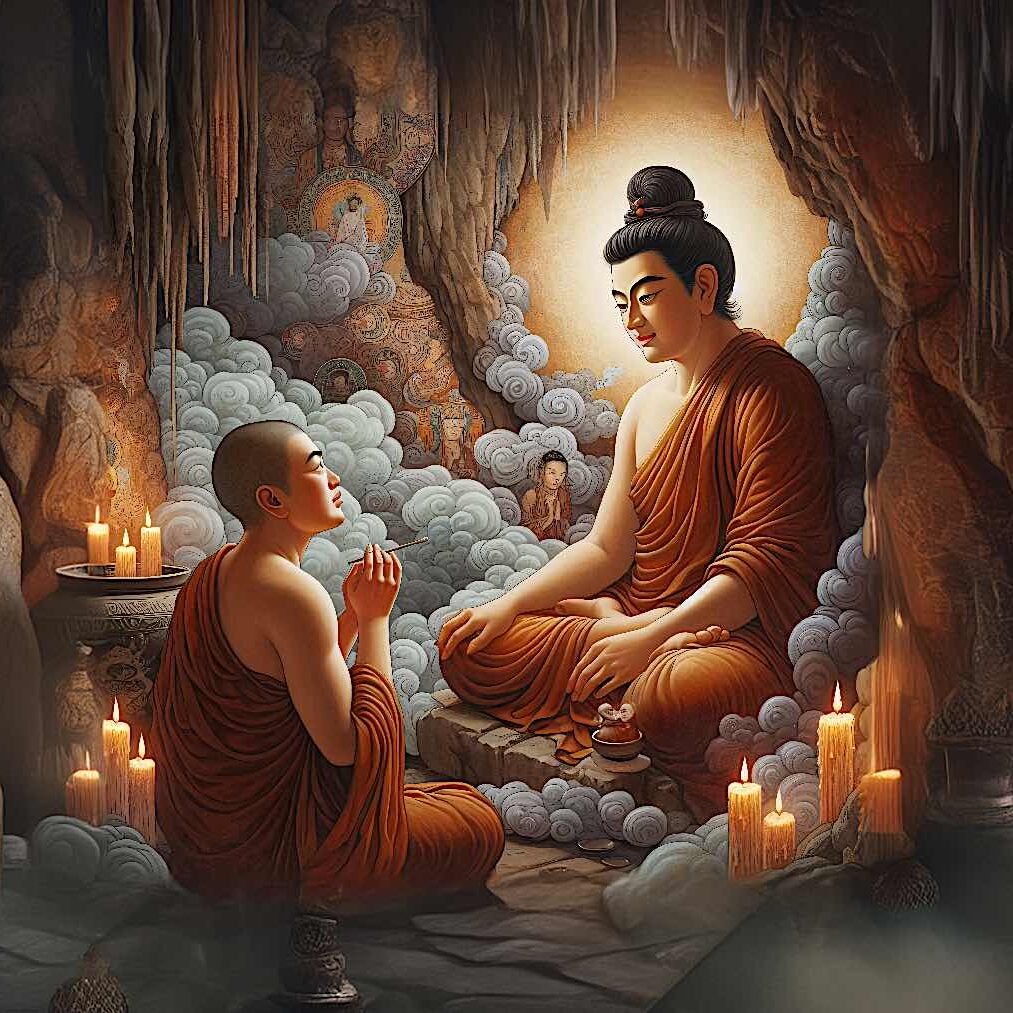Buddha Weekly’s First Music Video: Devotional Amitabha Mantra Dharani Chanting (5 minute version HD)
Buddhist devotional chanting of the Dharani of Amitabha, Buddha of Long Life and Light. Thanks to our supporting members, the first two Mantra albums and first mantra music video are live on Apple Music, Vevo, Tidal, Youtube, Spotify and everywhere music is streamed or watched! Thank you to our dear supporting members who make this possible!
Also known as Sarvatathāgatāyurvajrahṛdaya-dhāraṇī and often incorrectly labeled the Amitayus Dharani — here, beautifully chanted by Buddha Weekly with the Amitabha root mantra 7 times, and then, the long Dharani.
Namo ratnatrayāya
Nama āryāmitābhāya
tathāgatāyārhate saṃyaksaṃbuddhāya
Tadyathā: oṃ amṛte amṛtodbhave
amṛtasaṃbhave amṛtagarbhe
amṛtasiddhe amṛtateje
amṛtavikrānte amṛtavikrāntagāmini
amṛtagaganakīrtikari
mṛtadun-dubhisvare sarvārthasādhani
sarvakarmakleśakṣayaṃkari svāhā
Aum, brum, hum
In English (more or less): Homage to the Three Jewels, Homage to the noble Amitabha (Infinite Light), to the Tathāgata, the Arhat, the completely and perfectly awakened one (samyaksambuddha). Thus: Oṃ O immortality (amrta), O maker of immortality! O born of immortality! O essence/embryo (garbha) of immortality! O immortality perfecting one! O the brilliance (teja) of immortality! O he who goes beyond immortality! O he who goes beyond immortality and whose glory is infinite as the sky (amṛtagaganakīrtikare) O sound of the drum of immortality realizing (sadhane) benefit for all. O he who destroys (ksayam) all karmic afflictions. Hail!
More articles by this author

Offering Light for Saga Dawa Duchen and the Month of Merits: Buddha’s Birthday, Enlightenment and Paranirvana 100 Million Merit Day

Who is my Enlightened Life Protector Based on Tibetan Animal Sign Zodiac in Buddhism? According to Mewa, Mahayana tradition and Kalachakra-based astrology (with Mantra Videos!)

Bodhisattva Vow and the Bonding Aspiration of the 5 Buddha Families: Reversing Dharma Downfalls, Purifying Karma, and Restoring Commitments
Search
Latest Features
Please support the "Spread the Dharma" mission as one of our heroic Dharma Supporting Members, or with a one-time donation.
Please Help Support the “Spread the Dharma” Mission!

Be a part of the noble mission as a supporting member or a patron, or a volunteer contributor of content.
The power of Dharma to help sentient beings, in part, lies in ensuring access to Buddha’s precious Dharma — the mission of Buddha Weekly. We can’t do it without you!
A non-profit association since 2007, Buddha Weekly published many feature articles, videos, and, podcasts. Please consider supporting the mission to preserve and “Spread the Dharma." Your support as either a patron or a supporting member helps defray the high costs of producing quality Dharma content. Thank you! Learn more here, or become one of our super karma heroes on Patreon.
Lee Kane
Author | Buddha Weekly
Lee Kane is the editor of Buddha Weekly, since 2007. His main focuses as a writer are mindfulness techniques, meditation, Dharma and Sutra commentaries, Buddhist practices, international perspectives and traditions, Vajrayana, Mahayana, Zen. He also covers various events.
Lee also contributes as a writer to various other online magazines and blogs.















